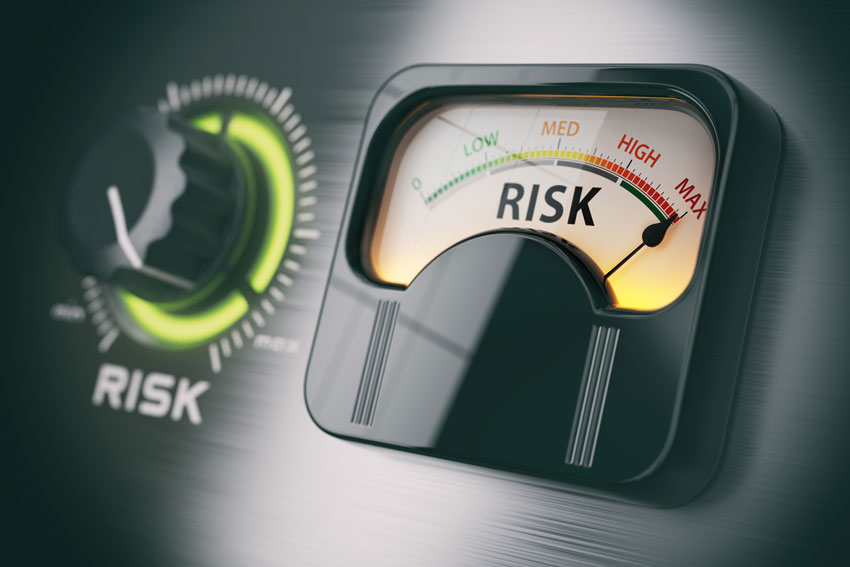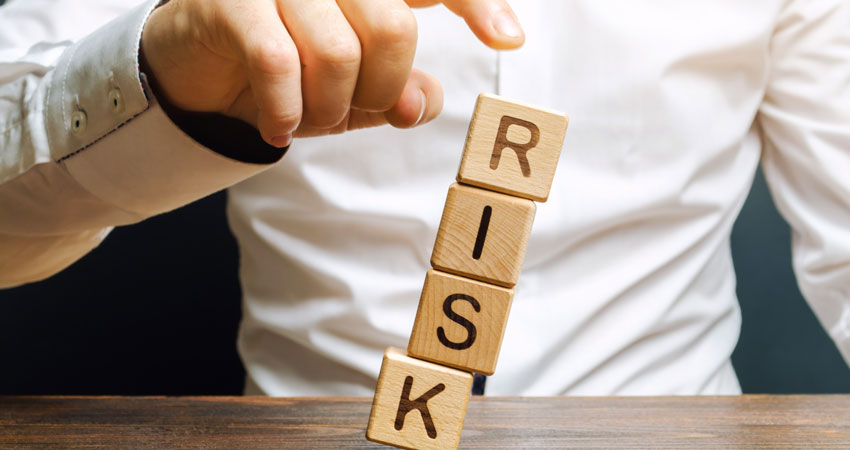Harm Reduction Values
- January 24, 2022
- John Jackson
- 0

Understanding living at risk: key to supporting people from a harm reduction approach
Harm reduction is both a philosophy (way of thinking about something), and a hands-on approach to working with people who are living at risk. The goals of harm reduction are to reduce the negative consequences, or harmful outcomes, for people who are choosing to live at risk. This idea of ‘living at risk’, can be a bit challenging for people to understand- even those who have experience working as harm reduction practitioners. In this article, I will discuss the idea of living at risk, and explain how we approach this in our education of students in harm reduction courses at LINKS Institute.
What comes to mind for you, when you hear the term, ‘Living at risk’? You might think of lifestyles in which people don’t care about what might happen: living hard, playing hard. From a harm reduction perspective, living at risk refers to choices such as substance use, sexual activity or being in situations which other people might consider dangerous. You might notice that when describing these situations, I don’t use terms like ‘high’ risk, or dangerous- and that’s on purpose.
I’m not suggesting that drinking more or using more of a certain substance, or engaging in unsafe sexual behaviours without appropriate protection doesn’t come with negative outcomes, but I purposefully trying to demonstrate the idea that ‘risk’ is a social construct. What do we mean by that? Social construct refers to the way a certain culture, society or community agrees to think of something. When we talk about risk, different groups have different ideas about what is, and what is not risky.

For example: when we choose to drive a car, we are putting ourselves at risk. When we choose to be a passenger in a plane- we are putting ourselves at risk. However, we usually don’t think about it that way. To step it up a notch, it’s culturally acceptable in most of the world to engage in even riskier behaviours, such as sky diving, bungee jumping, diving with sharks, and more. When we think about these high-risk behaviors, what we quickly realize is that those behaviours don’t really carry the same level of stigma (negative judgements from people) that other risky behaviour does- such as substance use and higher risk sexual behaviour. Here we see, then, that risk is a social construct.
What does this mean in working with people from a harm reduction perspective? It starts with recognizing the quality of living at risk as a personal choice that means different things to different people. Instead of stigmatizing a person for their life choices, we must shift our perspective to accept people for who they are. When we do this, something amazing happens: the development of trust. A person who is engaged in a harm reduction process will experience more positive benefits from trusting a practitioner, than they will in being told that their behaviours are wrong.
When we shift the way we think about risk, it also changes the language we use and how we think about the people that we provide services too. At LINKS Institute, a person-centred philosophy is at the heart of everything we do with our students and instructors- with the hope that this approach filters through to the work that our students will do in the field.
At LINKS Institute, we offer two programs with a harm reduction focus: our Community Support Worker: Harm Reduction, and Mental Wellness & Harm Reduction diploma.
Our next class starts on February 15th, 2022. Contact us to learn more.

